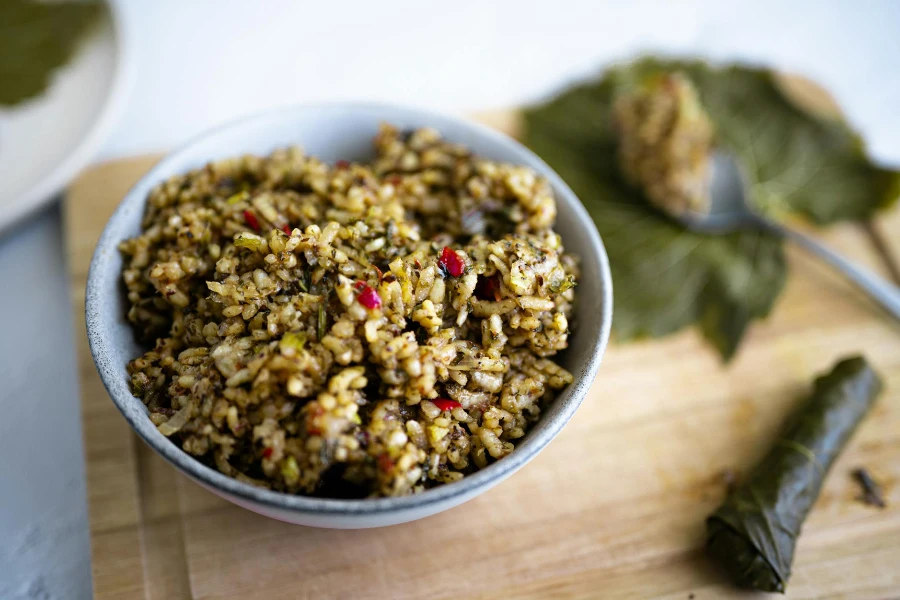When it comes to sports and outdoor activities, preparation is key—not just in training but also in ensuring you have the right nutrition, especially in emergencies. Emergency food, often overlooked, plays a crucial role in an athlete’s kit. This article delves into what emergency food is, its growing popularity among athletes, the benefits it offers, and practical tips on selecting and using it to stay energized and safe.
Table of Contents:
– What is emergency food?
– The popularity of emergency food
– Is emergency food good?
– How to choose emergency food
– How to use emergency food
What is emergency food?

Emergency food refers to food products designed for situations where traditional food sources are not available. These products are typically non-perishable, easy to prepare, and nutritionally dense, making them ideal for athletes facing unexpected circumstances like extreme weather conditions or when access to fresh food is limited. Emergency food comes in various forms, including freeze-dried meals, energy bars, and ready-to-eat supplements, each tailored to provide the necessary energy and nutrients with minimal preparation.
The science behind emergency food focuses on preserving the food’s nutritional value while extending its shelf life. Techniques such as freeze-drying and vacuum-sealing are commonly used, which not only keep the food safe for consumption over long periods but also retain its taste and texture. For athletes, this means having access to meals that are not only quick to prepare but also beneficial for their health and performance.
Emergency food is designed with convenience in mind. Its packaging is often compact and lightweight, making it easy to carry in a backpack or sports bag. This feature is particularly important for athletes who might need to pack several days’ worths of food without adding unnecessary weight, allowing them to maintain their agility and performance levels even in challenging conditions.
The popularity of emergency food

The popularity of emergency food among athletes and outdoor enthusiasts has surged in recent years. This trend is driven by an increased awareness of the importance of nutrition in performance, as well as a growing interest in outdoor and extreme sports, where traditional food sources may be scarce or unavailable. Athletes recognize that having reliable, nutritious food options can make a significant difference in their energy levels, recovery times, and overall performance.
Social media and the rise of adventure sports have also played a role in highlighting the need for emergency food. Stories and testimonials from athletes who have relied on these products in critical situations have underscored their value and versatility. As a result, emergency food is no longer seen as just a survival necessity but as a strategic nutritional choice that can support athletic goals.
Moreover, the development of more palatable and diverse emergency food options has contributed to its popularity. Gone are the days of bland, unappetizing emergency meals. Today’s products offer a range of flavors and cuisines, catering to different dietary preferences and restrictions, making them a more appealing option for athletes looking to maintain a balanced diet even in the most challenging circumstances.
Is emergency food good?

Emergency food has come a long way in terms of nutritional content and taste. Modern emergency foods are formulated to provide a balanced mix of carbohydrates, proteins, fats, vitamins, and minerals, supporting an athlete’s dietary needs. This balance is crucial for maintaining energy levels, repairing muscles, and ensuring overall well-being during periods of physical stress.
One of the key benefits of emergency food is its role in emergency preparedness. For athletes training in remote areas or participating in long-duration events, having access to emergency food can be a game-changer. It not only offers a safety net in case of unforeseen circumstances but also ensures that nutritional needs are met, preventing energy dips and supporting sustained performance.
However, it’s important to note that while emergency food can be an excellent supplement to an athlete’s diet, it shouldn’t replace fresh, whole foods entirely. The convenience and long shelf life of emergency food make it an invaluable addition to an athlete’s nutrition plan, especially in specific contexts, but incorporating a variety of fresh foods is essential for optimal health and performance.
How to choose emergency food

Choosing the right emergency food involves considering several factors, including nutritional content, taste preferences, and dietary restrictions. Athletes should look for products that offer a good balance of macronutrients to support their energy needs, as well as vitamins and minerals to aid recovery and immune function. Reading labels and understanding the nutritional breakdown of emergency food products is key to making informed choices.
Taste and variety are also important considerations. Opting for a range of flavors and meal options can prevent palate fatigue and ensure that you’re more likely to consume the food when needed. Many brands offer sample packs, allowing athletes to try different products before committing to bulk purchases.
Additionally, consider the preparation method and ease of use. Some emergency foods require boiling water, while others can be eaten directly from the package. Assess your likely scenarios and choose products that align with the resources you’ll have available. For activities where weight and space are concerns, look for lightweight, compact options.
How to use emergency food

Using emergency food effectively requires planning. Athletes should calculate their daily caloric and nutritional needs based on their activity level and ensure they have enough emergency food to meet these requirements. It’s also wise to familiarize yourself with the preparation and consumption of your chosen products before heading out, to avoid any surprises when you’re relying on them the most.
Incorporating emergency food into your regular diet can also be beneficial. This not only helps rotate stock, ensuring your emergency food is always fresh, but also allows you to become accustomed to the taste and preparation methods. Additionally, using emergency food as part of your training diet can help identify any products that may not agree with you, allowing you to adjust your choices accordingly.
Finally, always follow the manufacturer’s storage recommendations to maintain the quality and safety of your emergency food. Proper storage extends the shelf life and ensures that the food will be as nutritious and palatable as intended when you need it.
Conclusion
Emergency food is a vital component of an athlete’s nutrition strategy, offering a reliable source of energy and nutrients in situations where traditional food sources may be unavailable. Its growing popularity reflects an increased understanding of its benefits, from convenience and nutritional content to taste and variety. By choosing the right products and incorporating them effectively into their diet, athletes can ensure they’re prepared for any situation, allowing them to focus on their performance and achieve their goals.




